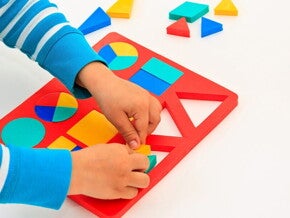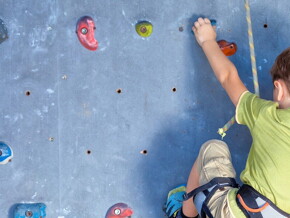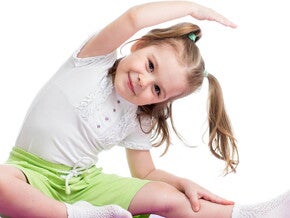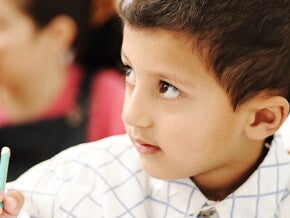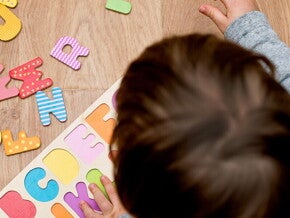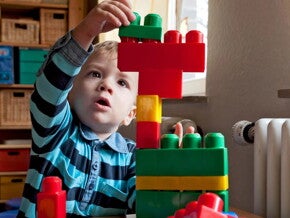
Family Portraits: Understanding Your Child’s Drawings
Your new artist will soon be coming home with lots of drawings, or you may find her sitting at home drawing all the time. This is very important for her development, but it is also a way for her to express herself, and a way for you to get a better understanding of what’s going on in her head. Her drawings are a reflection of her inner world, and most kids don’t think about or censor their artwork.
Here are some tips to understanding your child’s drawings, but be careful not to overinterpret. It is a good opportunity to discuss things with your child, and as a means of communicating, rather than just analyzing. Also, keep in mind that sometimes, a drawing is just a drawing.
Colors: Green usually means your child is more creative, yellow reflects happiness, and the very popular red shows excitement.
Size: When drawing figures, those that are larger tend to represent more dominant personalities and those without arms tend to be non-aggressive. Things like tiny feet might be a way for a child to stay that she feels unstable or off balance.
Positioning: Where each member of the family is drawn in contrast with your child is also telling. Your child usually places the people she feels closer to at that point closer to her.
The facial expressions: The smiles or frowns drawn on various people represent how the child sees that person’s behavior.
The details: The more detailed the drawing is, the more your child is able to see individuality. If she draws her father with glasses and you with a purse, it reflects the way she sees you on a daily basis.




